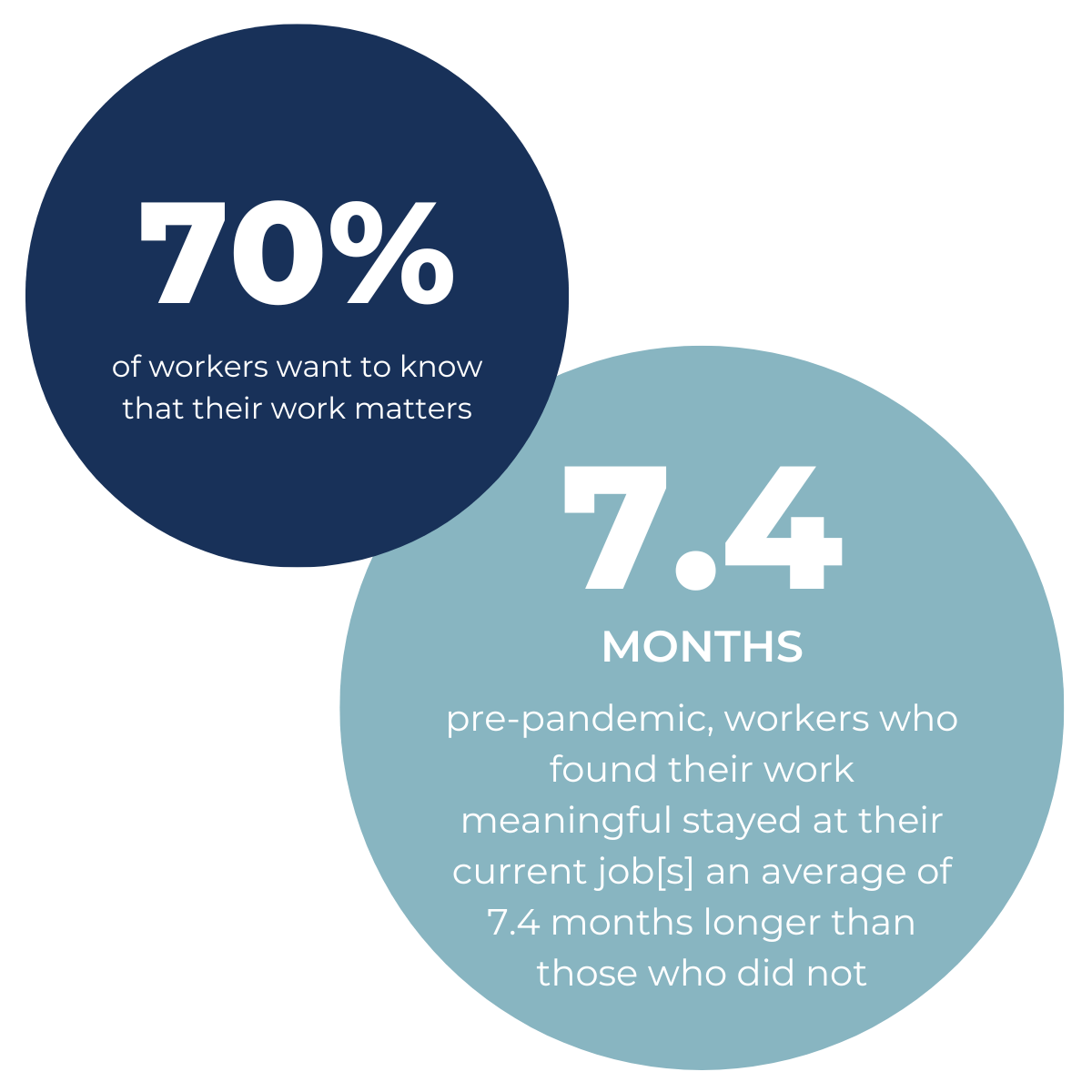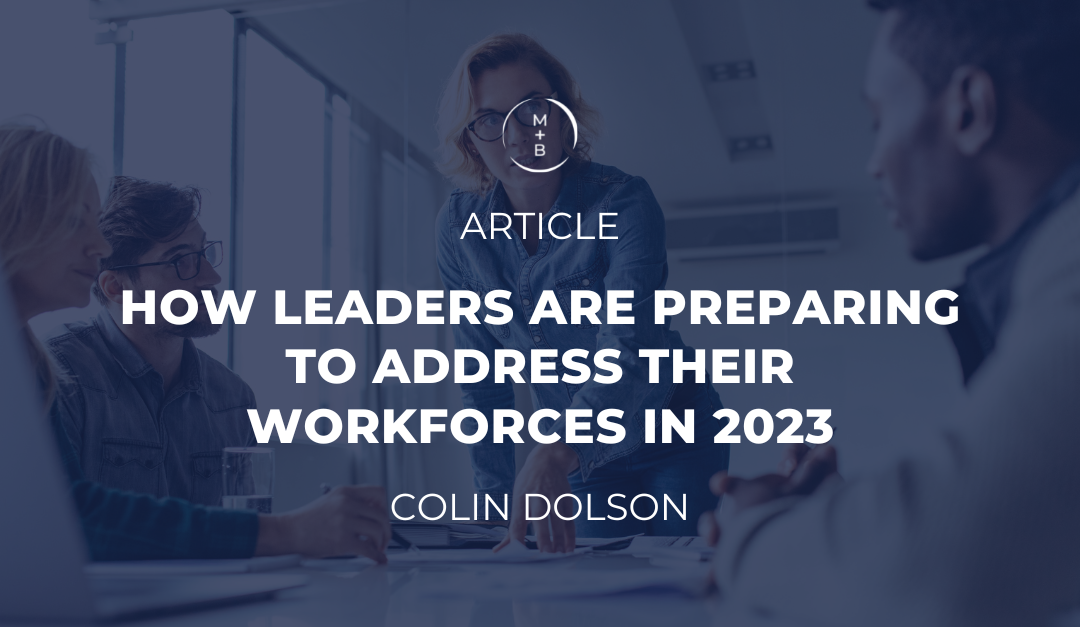Throughout recent years, there has been a revolving door of new challenges, more barriers, and greater disruptions in our workplaces. As we enter 2023, it appears there are many hurdles still to come, with a new buzzword coming out of the discussions at the 2023 World Economic Forum (no, it is not the emergence of “Chat GPT” and continuous progress toward automation). Globally, we are entering a polycrisis.
A polycrisis is the simultaneous occurrence of multiple crises – such as economic, political, and environmental – that have a compounding effect, exacerbating each other and making it more difficult to address each problem individually. Relating this to our workforce has direct parallels. With companies strategizing how to juggle hybrid work demands, the Great Resignation, climbing inflation costs, and a slowing economy, we must reflect on the question: how are leaders preparing to address their workforces in 2023?
Why Work Matters

Growth on the Horizon
Work Environment Shift
Many remote and hybrid work environments, which once ruled the candidate market, are slowly expected to transition back to the office. McDermott + Bull President Brandon Bieganzahn composed an article on our firm’s 2022 executive search year-in-review where he provided key takeaways for leaders as they continue to navigate the current market. His findings presented below showcase that a majority of our completed searches were either remote or hybrid last year. Yet, he mentions that this virtual job flexibility is expected to change some as we see the return-to-work movement take off in the coming months.
Remote and hybrid working arrangements comprised more than half of the executive-level searches we executed in 2022.



The takeaway here is that remote and hybrid working arrangements are a massive currency for candidates. Data shows that searches conducted for remote roles were completed 14% faster, placing candidates into roles more than two and a half weeks sooner. We are seeing a groundswell of momentum in the return-to-work movement, and we anticipate seeing completely remote roles on the decline and companies mandating a minimum of three days a week in the office.
Compensation On the Rise
30% COMPENSATION INCREASE
13% PREMIUM ON IN-MARKET CANDIDATES VERSUS OUT-OF-STATE
22% PREMIUM ON “LARGE COMPANY” CANDIDATES
What Leaders Can Do
- Align compensation offers with the market standard.
- Find avenues to accommodate flexible working arrangements.
- Ensure high-potential employees have career maps and see opportunities for advancement.
Given that businesses now operate in an ever-changing market, there will undoubtedly be unexpected changes in the coming year to which leaders will have to quickly adapt. Emphasizing to employees why their work is impactful, preparing for expansion, transitioning toward in-person work, and anticipating a rise in compensation are just a few of the predicted changes facing leaders. Leaders can better prepare to address their workforces using the data and suggestions provided in this article. Feel free to reach out if you have any questions or would like to connect; I’d be happy to chat with you.


